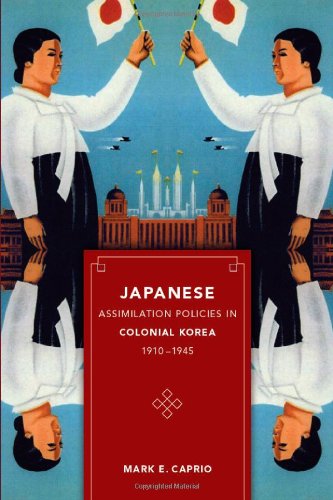

Most ebook files are in PDF format, so you can easily read them using various software such as Foxit Reader or directly on the Google Chrome browser.
Some ebook files are released by publishers in other formats such as .awz, .mobi, .epub, .fb2, etc. You may need to install specific software to read these formats on mobile/PC, such as Calibre.
Please read the tutorial at this link: https://ebookbell.com/faq
We offer FREE conversion to the popular formats you request; however, this may take some time. Therefore, right after payment, please email us, and we will try to provide the service as quickly as possible.
For some exceptional file formats or broken links (if any), please refrain from opening any disputes. Instead, email us first, and we will try to assist within a maximum of 6 hours.
EbookBell Team

5.0
68 reviews
In Korea, segregation was built into everyday life. Japanese and Koreans lived in virtually segregated communities. The colonial education system, unwilling to intermix large numbers of Koreans with Japanese, segregated students into two separate and unequal systems. As a result, inferior education blocked the social advancement of Koreans. Intermarriage between Koreans and Japanese was comparatively rare, while many who did marry found themselves ostracized from Korea-based Japanese society. Japan reinforced the second-class status of Koreans by limiting employment opportunities and denying representation in the political institutions Japan constructed for Korea. Japanese colonial policy during World War II enabled some improvement, as Koreans were promoted in government and factory positions to replace Japanese recalled home or sent to the battlefront. Japanese Assimilation Policies in Korea, 1910-1945 also examines the diverse views held by Koreans regarding Japan's colonial policy.